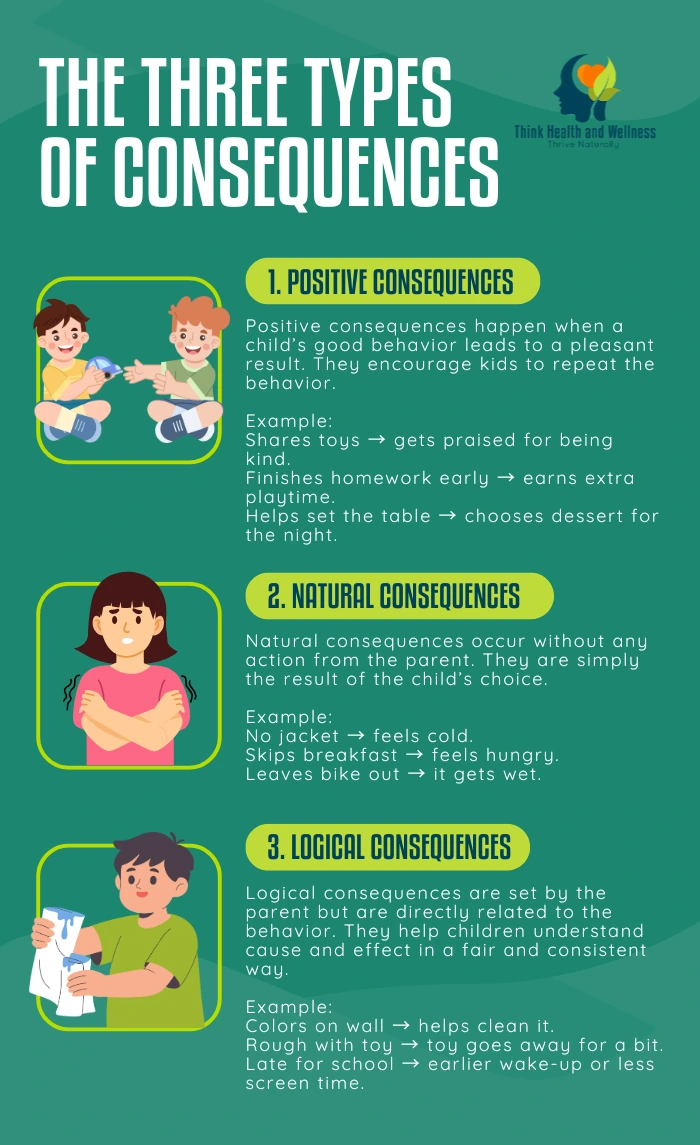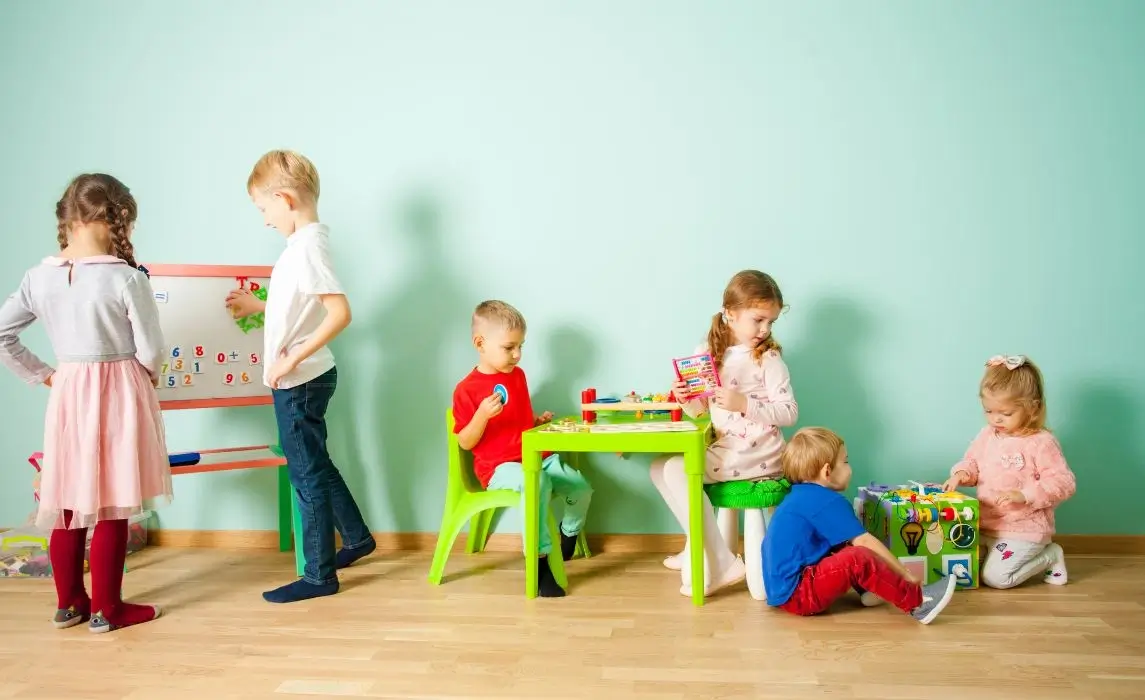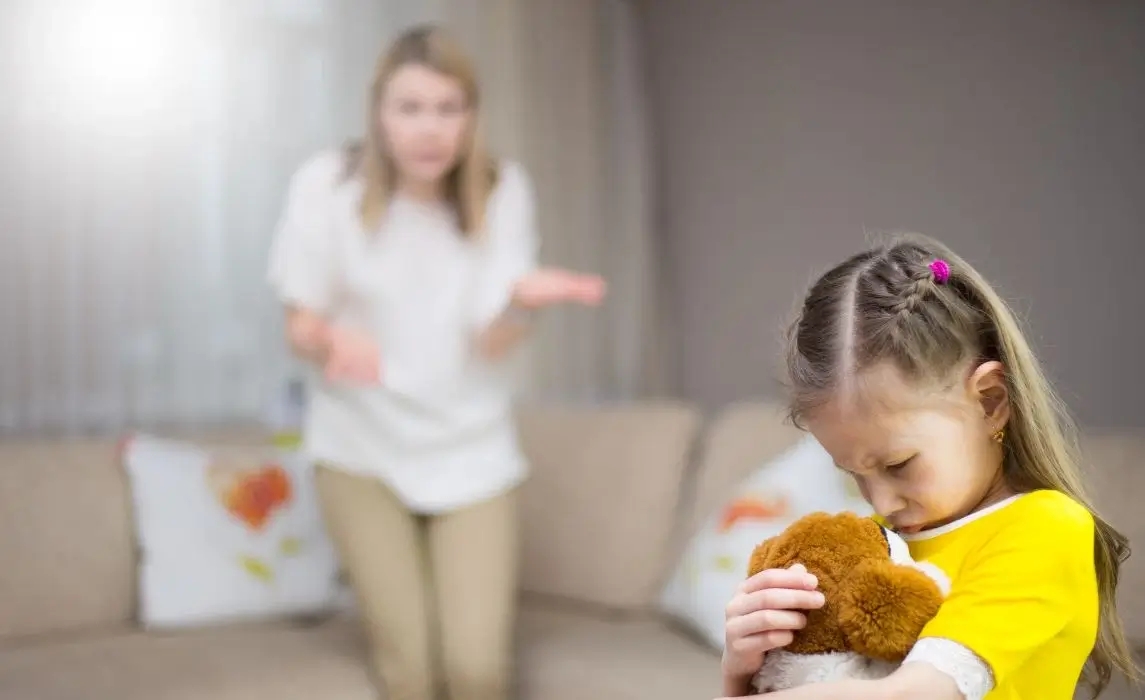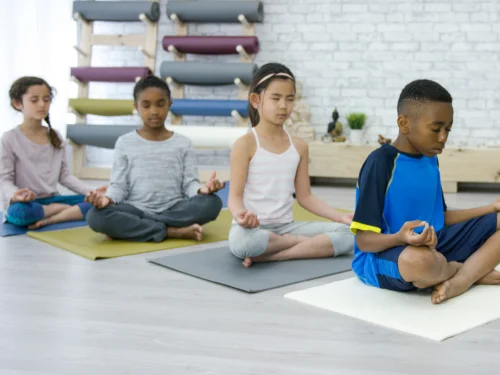Consequences for Kids: How to Use Consequences Effectively
.webp)
Yes—finger plays, clapping games, and dance routines that use hand gestures all help. Combine rhythm and repetition for deeper learning.
Send home simple activity ideas, kits, or worksheets. Offer short instructions and encourage family involvement. Regular practice builds lasting progress.
Try origami, sticker scenes, stringing pasta, or painting with Q-tips. Crafts that use small pieces build precision and control.
We've all been there. Your kid dumps an entire box of cereal on the floor, or refuses to put on shoes for the third time this morning, and you're standing there thinking, "What do I even do here?"
Here's the thing: consequences aren't about making your child feel bad or "paying the price" for messing up. They're teaching moments wrapped in real-world cause-and-effect. When done right, consequences help kids connect their choices to outcomes, learn responsibility, and (eventually) make better decisions on their own.
In this article, we're breaking down the different types of consequences, how to match them to your child's behavior and age, what to say in the moment, and the biggest mistakes parents make (plus how to avoid them). Think of this as your practical playbook for discipline that teaches instead of shames.
What Are Consequences, Really?
A consequence is simply what happens after a behavior. That's it. Your toddler throws their snack? The snack is gone. That's a consequence. Your seven-year-old shares their toys with a friend? They get more playtime together—also a consequence.
Here's where parents get tripped up: we often think consequences only mean something negative. But in reality, consequences can be positive (rewards, privileges, praise) or corrective (removal of something, natural outcomes). The goal isn't to control your kid through fear or shame. It's to teach them that their actions have results, and those results are connected to their choices.
The Big Difference: Consequences vs. Punishment
Punishment is about making a child suffer for wrongdoing, often with unrelated penalties like taking away screen time because they didn't clean their room. It's rooted in control and can breed resentment.
Consequences, especially logical ones, are directly related to the behavior. If your child doesn't clean their room, they don't get to have friends over until it's tidy. The consequence is connected, reasonable, and teaches responsibility. It answers the question: "What can my child learn from this?"
The Three Types of Consequences

Positive Consequences
These are the outcomes that follow desirable behavior. They reinforce what you want to see more of.
Examples:
- Specific praise: "You put your plate in the sink without being asked. Thank you for being helpful!"
- Extra privileges: "Since you finished your homework early, you can have 20 extra minutes of playtime."
- Natural rewards: Your child practices piano regularly and gets better, which feels good and motivates them to keep going.
The key? Be specific with your praise. Instead of just "good job," tell them exactly what they did well. Kids need to connect the dots between their action and your positive response.
Natural Consequences
These happen on their own, without any intervention from you. They're built into the situation.
Examples:
- Your child refuses to wear a jacket. They get cold at the park.
- They don't eat breakfast. They feel hungry before lunch.
- They leave their bike outside. It gets rained on and is wet when they want to ride it.
Natural consequences are powerful teachers because they don't involve you nagging or controlling. Your child directly experiences the result of their choice.
When to step back: If the consequence is safe (feeling chilly at the park) and age-appropriate, let it happen. Your job is to show empathy, not say "I told you so."
Script: "I see you're cold. That's tough. Next time, you might want to bring your jacket. Do you want to head inside and warm up?"
When NOT to use natural consequences: If the outcome is dangerous (running into traffic, touching a hot stove) or has long-term harm (not doing homework all semester), you need to step in with a logical consequence instead.
Logical Consequences
These are arranged by you, the parent, but they're directly related to the behavior. They make sense in context.
Examples:
- Your child colors on the wall. They help clean it (or lose the markers for the day).
- They're rough with a toy. The toy gets put away for a while.
- They won't get ready for school on time. Tomorrow, you'll start getting them up 10 minutes earlier, or they lose screen time before bed because morning prep takes priority.
Logical consequences work because they're fair and connected. Your child can see how their behavior led to the outcome. This teaches problem-solving and accountability.
The opposite—illogical consequences—don't work**.** Taking away dessert because your kid hit their sibling? There's no connection. It feels arbitrary and doesn't teach the actual lesson (how to handle big feelings or resolve conflict).
The 3 Rs: Your Sanity Check for Effective Consequences

Before you implement any consequence, run it through this quick framework. Is it:
1. Related?
Does the consequence connect directly to the behavior?
Example: Your child refuses to put their dirty clothes in the hamper. A related consequence: they don't get clean clothes put away in their drawers until the dirty ones are dealt with. An unrelated consequence: no dessert tonight.
2. Respectful?
Is it delivered calmly, without shaming, yelling, or belittling? Does it preserve your child's dignity?
Example: "I see you forgot to feed the dog again. That means I'll need to do it, and you'll lose your after-school screen time today so you can help with the dishes instead." This is respectful. Yelling, "You're so irresponsible! You can't even remember to feed the dog!" is not.
3. Reasonable?
Does it fit the "crime"? Is it age-appropriate and something your child can actually learn from?
Example: Your preschooler spills juice because they were dancing with the cup. A reasonable consequence: they help wipe it up and use a cup with a lid next time. An unreasonable consequence: no juice for a week. (That's too big, too long, and they'll forget why it's happening.)
If your consequence checks all three boxes, you're on the right track.
Age-Appropriate Consequences

What works for a toddler won't work for a tween. Here's a quick guide:
Toddlers (1-3 years):
- Keep it immediate and simple. Their brains can't connect actions to consequences that happen hours later.
- Natural consequences work great: they throw food, mealtime ends.
- Redirect and use short logical consequences: "Blocks are for building, not throwing. If you throw again, I'll put them away."
Preschoolers (3-5 years):
- They're starting to understand cause and effect but still need quick follow-through.
- Use timers and visual cues: "When the timer goes off, toy time is over."
- Offer choices to give them a sense of control: "You can wear your rain boots or your sneakers, but we're leaving in five minutes."
School-Age Kids (6-12 years):
- They can handle slightly delayed consequences and understand reasoning.
- Involve them in problem-solving: "What do you think would be a fair way to make this right?"
- Tie privileges to responsibilities: "After you finish your chores, you can have screen time."
Teens (13+ years):
- Let natural consequences do more of the teaching (they forgot their lunch, they're hungry).
- Logical consequences can involve loss of privileges tied to trust and independence: "You didn't check in when you got to your friend's house. Next weekend, you'll need to stay home so we can rebuild that trust."
- Have collaborative conversations: "What consequence makes sense to you?"
Check Yourself First: The HALT Rule
Before you launch into a consequence, pause and scan yourself. Are you:
- Hungry?
- Angry?
- Lonely?
- Tired or overstimulated?
If any of these are true, your own dysregulation will bleed into how you respond. You might yell, threaten an unreasonable consequence you don't follow through on, or shame your child.
What to do instead:
- Take a breath. Literally. Slow, deep breaths calm your nervous system.
- If needed, say: "I need a minute to calm down before we talk about this."
- Solve your own need first. Grab a snack, step outside, ask for help.
- Return to the situation when you're regulated.
Then check your child: Are they hungry, angry, lonely, or tired? If your toddler is melting down because they're exhausted, the teaching moment isn't right now. Meet their need first (nap time, snack, comfort), then gently address the behavior later.
Scripts You Can Actually Use
When Setting a Logical Consequence:
- "I see you're having a hard time being gentle with the toys. I'm going to put them away for now. We'll try again tomorrow."
- "You didn't finish your homework before screen time. That tells me screen time is getting in the way. Tonight, no screens. Homework comes first."
When Allowing a Natural Consequence:
- "You chose not to wear your jacket. I understand you're cold now. That's a hard feeling. Let's head inside and warm up."
When Offering Choices:
- "You can brush your teeth now and have time for two stories, or you can wait and we'll only have time for one story. You choose."
When Repairing After Misbehavior:
- "You hit your sister. That's not okay. How can you help her feel better? An apology? A hug? Let's figure this out together."
When Praising Positive Behavior:
- "I noticed you shared your toy with your brother without me asking. That was really kind and showed good problem-solving."
The 5 Biggest Mistakes Parents Make (and How to Fix Them)

1. Using Unrelated Penalties
The mistake: "You didn't clean your room, so no dessert."
The fix: Make the consequence match the behavior. "Your room needs to be clean before friends come over. If it's not done by 3 p.m., we'll reschedule for another day."
2. Endless Lectures
The mistake: Explaining the same rule over and over while your child tunes out.
The fix: Keep it short. State the boundary once, then follow through with the consequence calmly. "I asked you to turn off the iPad. It's off now. You can try again tomorrow."
3. Moving the Goalposts
The mistake: Threatening consequences you don't enforce, or changing the rule mid-situation. "If you do that one more time..." (repeat five times).
The fix: Say it once, mean it, and follow through. Consistency builds trust and teaches your child you're serious.
4. Punishing Hunger or Tiredness
The mistake: Getting frustrated with meltdowns caused by unmet basic needs.
The fix: Recognize the signs. Offer a snack, suggest a break, or initiate quiet time. Address the behavior after their needs are met. "I know you're tired. Let's rest, and then we'll talk about what happened."
5. Not Following Through
The mistake: Setting a consequence but caving because it's inconvenient or you feel guilty.
The fix: Only set consequences you're willing to enforce. If you say screen time is done, stick to it. Your consistency is what teaches the lesson.
You May Also Like: How to Respond When Your Child Hits You: 11+ Calm Steps That Work
When to Seek Help
Sometimes, even the best consequences don't work. Here are signs it's time to loop in a professional:
- Frequent aggression, destruction of property, or self-harm
- Behaviors that get your child excluded from school or activities
- Intense, daily meltdowns that last longer than expected for their age
- Behavior that doesn't improve despite consistent, calm use of logical consequences over several weeks
- Your child seems chronically anxious, withdrawn, or explosive
Reach out to your pediatrician, your child's teacher, or a child behavior specialist. You're not failing—you're getting your child the support they need. Sometimes behaviors signal underlying struggles like sensory processing issues, anxiety, ADHD, or other challenges that need specialized help.
You May Also Like: What Is Sensory Overload? Understanding, Recognizing, and Managing Overstimulation
Final Thoughts: You're Teaching, Not Controlling
Parenting with consequences isn't about being perfect or never losing your cool. It's about showing up, staying consistent, and helping your child connect their choices to real outcomes. Some days, you'll nail it. Other days, you'll threaten to take away birthday parties and immediately regret it. (We've all been there.)
The goal isn't perfection. It's progress. Every time you choose a consequence that's related, respectful, and reasonable, you're teaching your child that their actions matter, that mistakes are fixable, and that you believe in their ability to do better.
And that's the kind of lesson that sticks.
You May Also Like: Why Do Kids Walk on Their Toes? Causes, Concerns, and Treatments




